-
Executive Summary
-
Market Dynamics
-
Market Growth Factors
- Increasing Demand For Automation
- Massive Penetration Of Building Information Modeling (BIM)
-
Restraints
- Piracy Issues
- Lack Of Skilled Personnel
-
Market Opportunities
- Rising Demand For 3D Modelling
-
Supply Chain Analysis
-
Porter’s Five Forces Analysis
-
Global Software Engineering Market, By Software Type
-
Introduction
-
Sub-Segment
- Computer-Aided Designing (CAD)
- Computer-Aided Manufacturing (CAM)
- Computer-Aided Engineering (CAE)
- Architecture, Engineering And Construction (AEC)
- Electronic Design Automation (EDA)
-
Global Software Engineering Market, By Application
-
Introduction
-
Sub-Segment
- Automation Design
- Plant Design
- Product Design
- 3D Modelling
- Others
-
Global Software Engineering Market, By End User
-
Introduction
-
Sub-Segment
- Aerospace & Defense
- Automotive
- Banking
- IT & Telecommunication
- Oil & Gas
- Healthcare
- Others
-
Global Software Engineering Market, By Region
-
Introduction
-
Market, By Regions
- North America
- Europe
- Asia-Pacific
- Rest Of The World (RoW)
-
Competitive Landscape
-
Introduction
-
Market Share Analysis
-
Company Profiles
- Autodesk, Inc. (US)
- Bentley Systems, Inc. (US)
- Dassault Systemes S.A (France)
- IBM Corporation (US)
- Siemens PLM Software, Inc.(US)
- SAP SE (Germany)
- Synopsys, Inc. (US)
- PTC, Inc.(US)
- Ansys, Inc. (US)
- MSC Software Corporation
- Carlson Software Inc. (US)
- Geometric Ltd. (India)
-
Appendix
-
Scope Of The Study
- Research Objective
- Assumption
- Limitation
-
Market Structure
-
Research Methodologies
-
Research Process
-
Primary Research
-
Secondary Research
-
Market Size Estimation
-
Forecast Software
-
List Of Tables
-
GLOBAL SOFTWARE ENGINEERING MARKET, BY SOFTWARE TYPE, 2020–2027 (USD MILLION)
-
GLOBAL SOFTWARE ENGINEERING MARKET, BY APPLICATION, 2020–2027 (USD MILLION)
-
GLOBAL SOFTWARE ENGINEERING MARKET, BY END USER, 2020–2027(USD MILLION)
-
GLOBAL SOFTWARE ENGINEERING MARKET, 2020–2027 (USD MILLION)
-
NORTH AMERICA SOFTWARE ENGINEERING MARKET, BY COUNTRY,2020–2027 (USD MILLION)
-
NORTH AMERICA SOFTWARE ENGINEERING MARKET, BY SOFTWARE TYPE, 2020–2027(USD MILLION)
-
NORTH AMERICA SOFTWARE ENGINEERING MARKET, BY APPLICATION, 2020–2027 (USD MILLION)
-
NORTH AMERICA SOFTWARE ENGINEERING MARKET, BY END USER, 2020–2027 (USD MILLION)
-
US SOFTWARE ENGINEERING MARKET, BY SOFTWARE TYPE, 2020–2027 (USD MILLION)
-
US SOFTWARE ENGINEERING MARKET, BY APPLICATION, 2020–2027 (USD MILLION)
-
US SOFTWARE ENGINEERING MARKET, BY END USER, 2020–2027(USD MILLION)
-
CANADA SOFTWARE ENGINEERING MARKET, BY SOFTWARE TYPE, 2020–2027(USD MILLION)
-
CANADA SOFTWARE ENGINEERING MARKET, BY APPLICATION, 2020–2027 (USD MILLION)
-
CANADA SOFTWARE ENGINEERING MARKET, BY END USER, 2020–2027(USD MILLION)
-
MEXICO SOFTWARE ENGINEERING MARKET, BY SOFTWARE TYPE, 2020–2027(USD MILLION)
-
MEXICO SOFTWARE ENGINEERING MARKET, BY APPLICATION, 2020–2027 (USD MILLION)
-
MEXICO SOFTWARE ENGINEERING MARKET, BY END USER, 2020–2027(USD MILLION)
-
EUROPE SOFTWARE ENGINEERING MARKET, BY COUNTRY, 2020–2027(USD MILLION)
-
EUROPE SOFTWARE ENGINEERING MARKET, BY SOFTWARE TYPE, 2020–2027(USD MILLION)
-
EUROPE SOFTWARE ENGINEERING MARKET, BY APPLICATION, 2020–2027 (USD MILLION)
-
EUROPE SOFTWARE ENGINEERING MARKET, BY END USER, 2020–2027(USD MILLION)
-
UK SOFTWARE ENGINEERING MARKET, BY SOFTWARE TYPE, 2020–2027(USD MILLION)
-
UK SOFTWARE ENGINEERING MARKET, BY APPLICATION, 2020–2027(USD MILLION)
-
UK SOFTWARE ENGINEERING MARKET, BY END USER, 2020–2027(USD MILLION)
-
GERMANY SOFTWARE ENGINEERING MARKET, BY SOFTWARE TYPE, 2020–2027(USD MILLION)
-
GERMANY SOFTWARE ENGINEERING MARKET, BY APPLICATION, 2020–2027 (USD MILLION)
-
GERMANY SOFTWARE ENGINEERING MARKET, BY END USER, 2020–2027(USD MILLION)
-
FRANCE SOFTWARE ENGINEERING MARKET, BY SOFTWARE TYPE, 2020–2027(USD MILLION)
-
FRANCE SOFTWARE ENGINEERING MARKET, BY APPLICATION, 2020–2027(USD MILLION)
-
FRANCE SOFTWARE ENGINEERING MARKET, BY END USER, 2020–2027(USD MILLION)
-
REST OF EUROPE SOFTWARE ENGINEERING MARKET, BY SOFTWARE TYPE, 2020–2027(USD MILLION)
-
REST OF EUROPE SOFTWARE ENGINEERING MARKET, BY APPLICATION, 2020–2027 (USD MILLION)
-
REST OF EUROPE SOFTWARE ENGINEERING MARKET, BY END USER, 2020–2027 (USD MILLION)
-
ASIA-PACIFIC SOFTWARE ENGINEERING MARKET, BY COUNTRY, 2020–2027(USD MILLION)
-
ASIA-PACIFIC SOFTWARE ENGINEERING MARKET, BY SOFTWARE TYPE, 2020–2027(USD MILLION)
-
ASIA-PACIFIC SOFTWARE ENGINEERING MARKET, BY APPLICATION, 2020–2027(USD MILLION)
-
ASIA-PACIFIC SOFTWARE ENGINEERING MARKET, BY END USER, 2020–2027(USD MILLION)
-
CHINA SOFTWARE ENGINEERING MARKET, BY SOFTWARE TYPE, 2020–2027(USD MILLION)
-
CHINA SOFTWARE ENGINEERING MARKET, BY APPLICATION, 2020–2027(USD MILLION)
-
CHINA SOFTWARE ENGINEERING MARKET, BY END USER, 2020–2027(USD MILLION)
-
JAPAN SOFTWARE ENGINEERING MARKET, BY SOFTWARE TYPE, 2020–2027(USD MILLION)
-
JAPAN SOFTWARE ENGINEERING MARKET, BY APPLICATION, 2020–2027(USD MILLION)
-
JAPAN SOFTWARE ENGINEERING MARKET, BY END USER, 2020–2027 (USD MILLION)
-
INDIA SOFTWARE ENGINEERING MARKET, BY SOFTWARE TYPE, 2020–2027 (USD MILLION)
-
INDIA SOFTWARE ENGINEERING MARKET, BY APPLICATION, 2020–2027 (USD MILLION)
-
INDIA SOFTWARE ENGINEERING MARKET, BY END USER, 2020–2027 (USD MILLION)
-
REST OF ASIA-PACIFIC SOFTWARE ENGINEERING MARKET, BY SOFTWARE TYPE, 2020–2027 (USD MILLION)
-
REST OF ASIA-PACIFIC SOFTWARE ENGINEERING MARKET, BY APPLICATION, 2020–2027 (USD MILLION)
-
REST OF ASIA-PACIFIC SOFTWARE ENGINEERING MARKET, BY END USER, 2020–2027 (USD MILLION)
-
REST OF THE WORLD (ROW) SOFTWARE ENGINEERING MARKET, BY COUNTRY, 2020–2027 (USD MILLION)
-
REST OF THE WORLD (ROW) SOFTWARE ENGINEERING MARKET, BY SOFTWARE TYPE, 2020–2027 (USD MILLION)
-
REST OF THE WORLD (ROW) SOFTWARE ENGINEERING MARKET, BY APPLICATION, 2020–2027(USD MILLION)
-
REST OF THE WORLD (ROW) SOFTWARE ENGINEERING MARKET, BY END USER, 2020–2027(USD MILLION)
-
MIDDLE EAST & AFRICA SOFTWARE ENGINEERING MARKET, BY SOFTWARE TYPE, 2020–2027 (USD MILLION)
-
MIDDLE EAST & AFRICA SOFTWARE ENGINEERING MARKET, BY APPLICATION, 2020–2027 (USD MILLION)
-
MIDDLE EAST & AFRICA SOFTWARE ENGINEERING MARKET, BY END USER, 2020–2027 (USD MILLION)
-
LATIN AMERICA SOFTWARE ENGINEERING MARKET, BY SOFTWARE TYPE, 2020–2027 (USD MILLION)
-
LATIN AMERICA SOFTWARE ENGINEERING MARKET, BY APPLICATION, 2020–2027 (USD MILLION)
-
LATIN AMERICA SOFTWARE ENGINEERING MARKET, BY END USER, 2020–2027 (USD MILLION)
-
List Of Figures
-
GLOBAL SOFTWARE ENGINEERING MARKET: DRIVERS CHALLENGES & OPPORTUINITIES
-
GLOBAL SOFTWARE ENGINEERING: SUPPLY CHAIN
-
GLOBAL SOFTWARE ENGINEERING MARKET: PORTER’S FIVE FORCES ANALYSIS
-
GLOBAL SOFTWARE ENGINEERING MARKET, BY SOFTWARE TYPE, 2020–2027 (USD MILLION)
-
GLOBAL SOFTWARE ENGINEERING MARKET, BY APPLICATION, 2020–2027 (USD MILLION)
-
GLOBAL SOFTWARE ENGINEERING MARKET, BY END USER, 2020–2027 (USD MILLION)
-
GLOBAL SOFTWARE ENGINEERING MARKET, BY REGION, 2020–2027 (USD MILLION)
-
NORTH AMERICA SOFTWARE ENGINEERING MARKET, BY COUNTRY,2020–2027 (USD MILLION)
-
NORTH AMERICA SOFTWARE ENGINEERING MARKET, BY SOFTWARE TYPE, 2020–2027 (USD MILLION)
-
NORTH AMERICA SOFTWARE ENGINEERING MARKET, BY APPLICATION, 2020–2027 (USD MILLION)
-
NORTH AMERICA SOFTWARE ENGINEERING MARKET, BY END USER, 2020–2027 (USD MILLION)
-
EUROPE SOFTWARE ENGINEERING MARKET, BY COUNTRY, 2020–2027(USD MILLION)
-
EUROPE SOFTWARE ENGINEERING MARKET, BY SOFTWARE TYPE, 2020–2027(USD MILLION)
-
EUROPE SOFTWARE ENGINEERING MARKET, BY APPLICATION, 2020–2027 (USD MILLION)
-
EUROPE SOFTWARE ENGINEERING MARKET, BY END USER, 2020–2027 (USD MILLION)
-
ASIA-PACIFIC SOFTWARE ENGINEERING MARKET, BY COUNTRY, 2020–2027 (USD MILLION)
-
ASIA-PACIFIC SOFTWARE ENGINEERING MARKET, BY SOFTWARE TYPE, 2020–2027 (USD MILLION)
-
ASIA-PACIFIC SOFTWARE ENGINEERING MARKET, BY APPLICATION, 2020–2027 (USD MILLION)
-
ASIA-PACIFIC SOFTWARE ENGINEERING MARKET, BY END USER, 2020–2027 (USD MILLION)
-
REST OF THE WORLD (ROW) SOFTWARE ENGINEERING MARKET, BY COUNTRY, 2020–2027 (USD MILLION)
-
REST OF THE WORLD (ROW) SOFTWARE ENGINEERING MARKET, BY SOFTWARE TYPE, 2020–2027 (USD MILLION)
-
REST OF THE WORLD (ROW) SOFTWARE ENGINEERING MARKET, BY APPLICATION, 2020–2027 (USD MILLION)
-
REST OF THE WORLD (ROW) SOFTWARE ENGINEERING MARKET, BY END USER, 2020–2027 (USD MILLION)
-
GLOBAL SOFTWARE ENGINEERING KEY PLAYERS MARKET SHARE, 2020 (%)
-
GLOBAL SOFTWARE ENGINEERING MARKET STRUCTURE
-
MRFR RESEARCH PROCESS
-
'

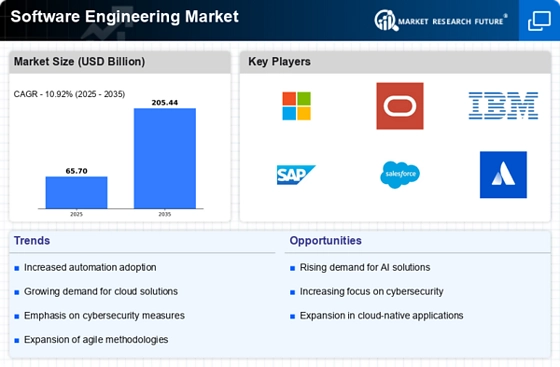

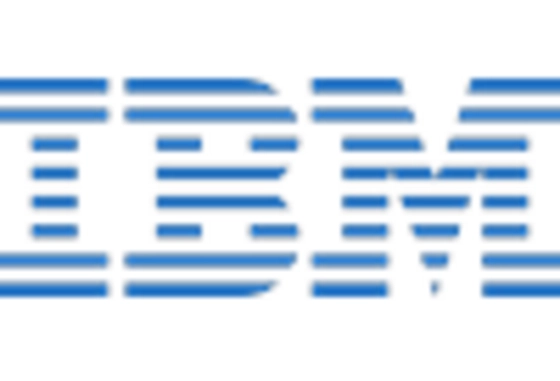
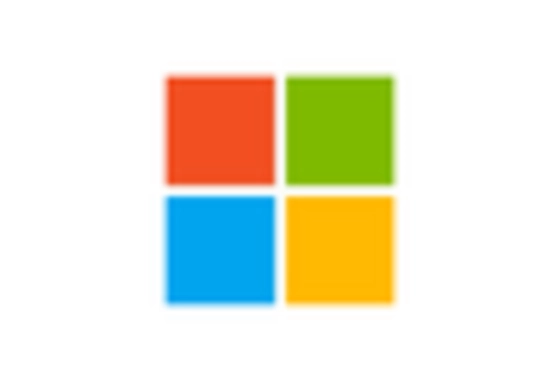

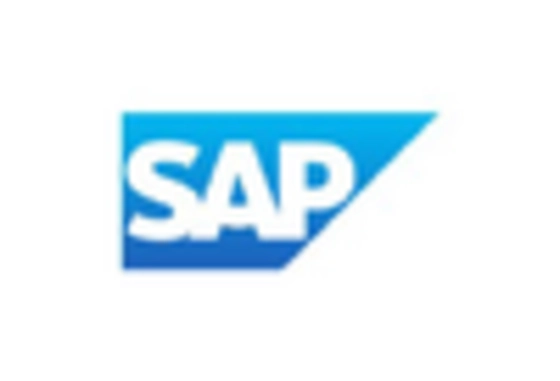
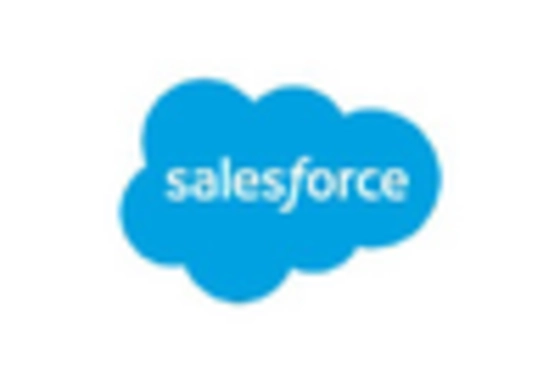

Leave a Comment